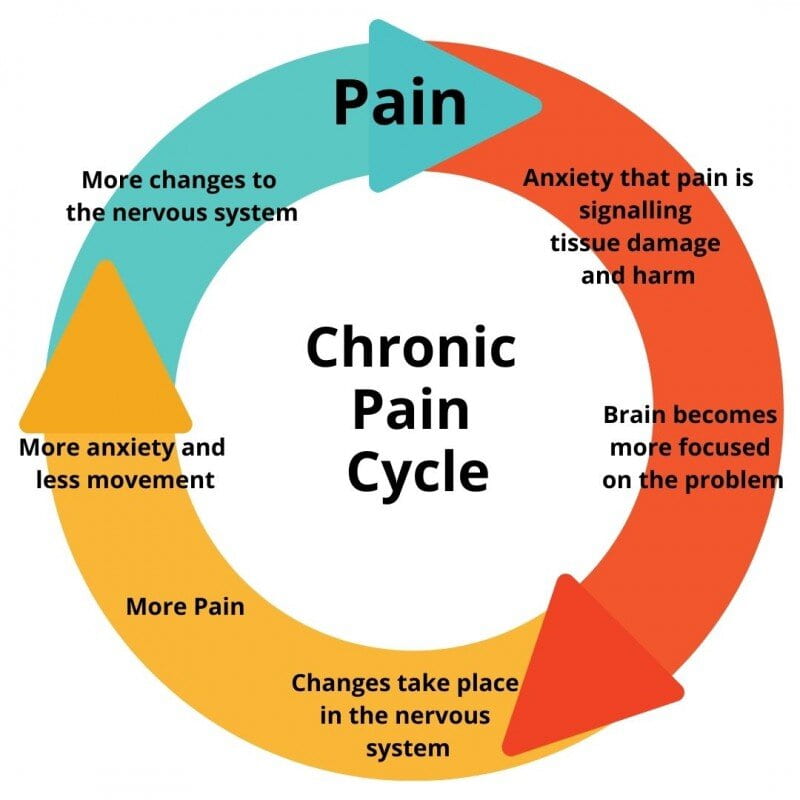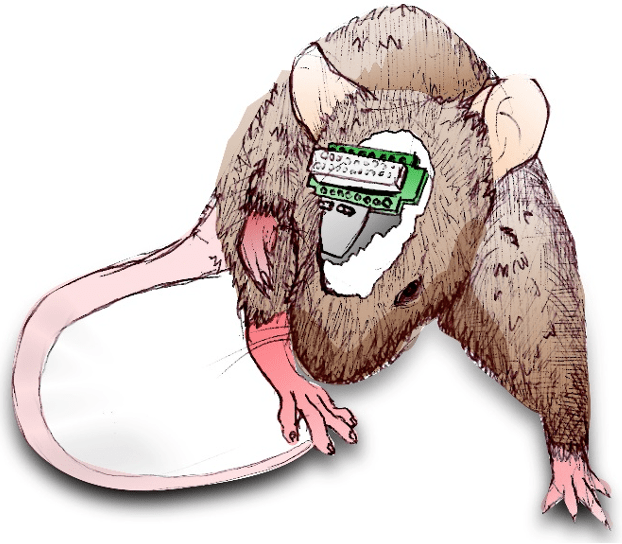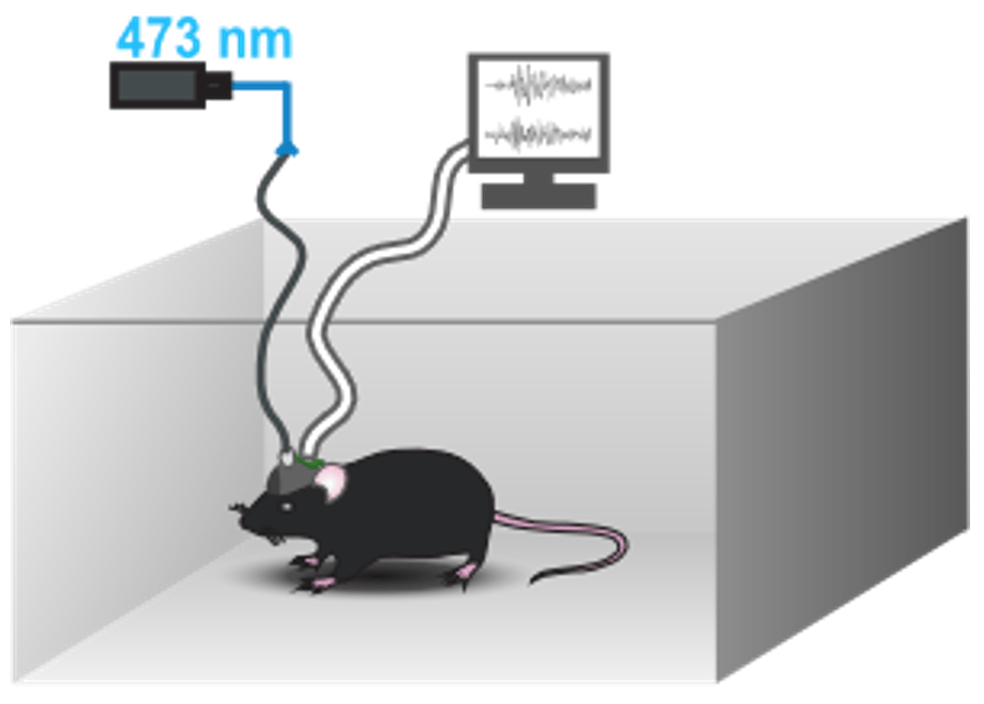Chronic Pain and Its Co-Morbidities

More than 20% of Americans suffer from chronic pain which is often accompanied by co-morbidites such as poor mental health, anhedonia and opioid dependence, leading to a decrease in quality of life of these patients. Despite this, the basic mechanism of pain processing in the central nervous system is not well established. Thus, it is not surprising that the current treatments available are not effective in the majority of the chronic pain patients. Persistent and eventually chronic pain have been shown to significantly alter the reinforcing properties of exogenous rewards, suggesting a direct relationship between the two processes.
The Dorsal Hippocampal to Nucleus Accumbens Circuitry:
In addition to learning and memory, the dorsal hippocampus (dHPC) is also involved in pain processing. However, persistent pain in turn, induced negative changes on dHPC anatomy, morphology, and functions. To understand the mechanism underlying the cognitive consequences of chronic pain in patients, it seems necessary to fully elucidate pain-induced modulation of dHPC activity and its impact on the upstream and downstream structures.
One of the downstream structures of interest is the nucleus accumbens (NAc) due to its role in integrating both reinforcing and aversive properties of external stimuli. The direct projection from the dHPC to the NAc is necessary for maintaining reward memory. Understanding how chronic pain modifies this pathway, leading to a maladaptation in reward memory and reinforcing behaviors, is critical in uncovering the development of anhedonia in chronic pain patients.
Current Projects
Current projects investigate 1) the involvement of dHPC in promoting reinforcing behavior in the presence of persistent pain, and 2) how persistent pain impacts the activity of the dHPC-NAc pathway.
We use a combination of techniques such as optogenetics, chemogenetics, in-vivo electrophysiology in behaving animals to assess the changes in dHPC-NAc circuitry. These techniques are also paired with reward-related behavior paradigms such as contextual place preference, real-time place test and operant self-stimulation test. This allows us to correlate the observed circuitry changes with reward behaviors to elucidate the role of dHPC-NAc pathway in these behaviors.
Complete freund’s adjuvant (CFA) will be used as a model of persistent inflammatory pain.

Illustration of a mouse with custom built 16-channel electrode and 3D-printed headcap, licking its paw after CFA injection.

Recording of NAc evoked local field potential with dHPC stimulation in an open field box.
Written by Khairunisa Ibrahim.